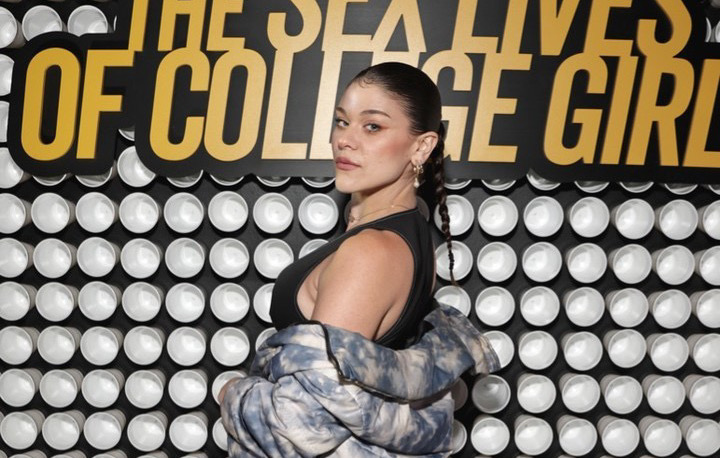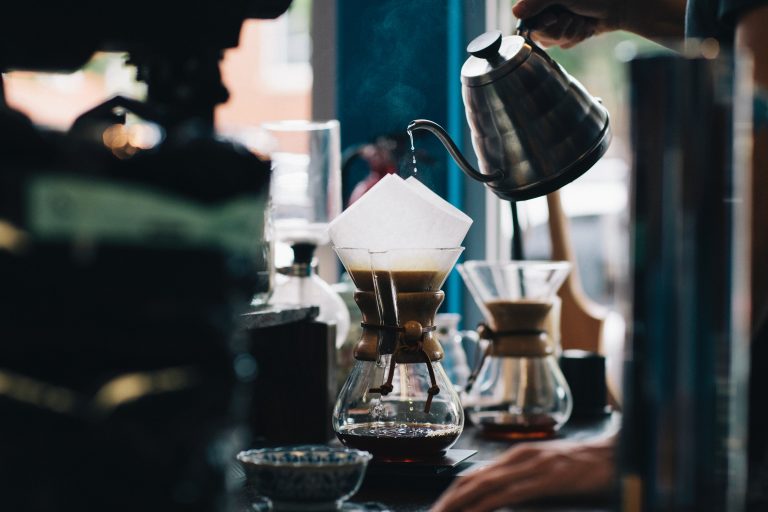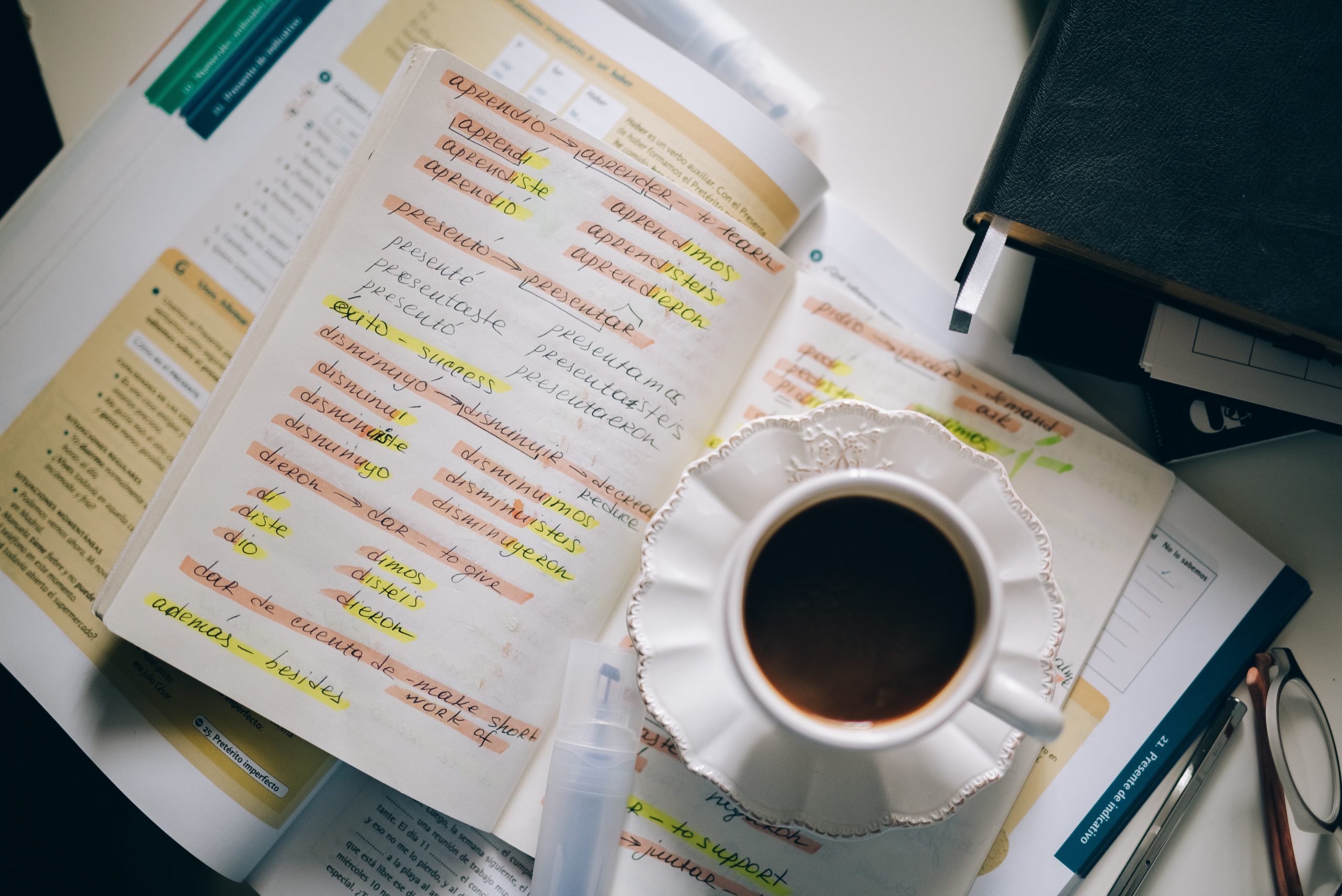Meet Ebony Hickey: Discovering Adoption Through Art
Adoption is an incredibly complex and individualized experience. It can bring great joy, immense sadness, and a lifetime of wondering, “who am I?”. Some adoptees utilize forms of expression from advocacy to writing to painting to sift through these feelings. Art allows adoptees to connect with themselves and gives them an important platform to share their stories with others and fellow adoptees.
Ebony Hickey was born in Haiti and, at just a few days old, was adopted illegally. After being brought to Australia, she grew up with three brothers: one of which was also adopted from Haiti and two adopted from within Australia. The Australian Institute of Health and Welfare reported that adoptions have declined by about 50% over the last 25 years. Of the adoptions over the previous two decades, Asia has been the most popular region for Australian parents to turn to. From 2019 to 2020 alone, about 97% of all adoptees were from Asian countries, with Taiwan making up 43% of all inter-country adoptions, followed by South Korea at 22%.
The Australian Bureau of Statistics reports on the shifting trends in the ethnic, racial, and cultural makeup of the Australian population. Overall, only a few regions with citizens of African descent even come close to making it onto any of these lists. In addition to feeling like an outsider in her own family, Ebony and many other adoptees of color also feel isolated among the nearly 26 million people who call Australia home.
Growing up as an adoptee of color with white parents can be a challenging experience, but in Ebony’s case, having a single parent, two white brothers, and one Haitian brother adds a whole new layer. Data from 2020 to 2021 shows that about half (54%) of Australian adoptive parents had no other children, 25% had only other adopted children, and 19% had either biological children or both biological and other adopted children. Ebony recalls feeling like “a fish out of water in her own family.” She bonded most with her brother, who was also adopted from Haiti, and their two remaining brothers occasionally felt like a separate unit. Out of the school that all siblings attended, they were the only two of color.
Adoption and Art
As an artist, Ebony finds self-expression is the most valuable aspect of creating her work. She believes that art and adoption go hand-in-hand because art allows her to choose what pieces of her story she wants to share with her audience, in what order, and at what time. For many people of color who white adoptive parents raised, there is almost always a memorized “script” reserved for when a stranger, colleague, or classmate asks any surface-level question about their adoption. Where are you really from? Do you know your birth parents? How do you know that’s your real birthday?
Once an Adoptee, Always an Adoptee
Like many adoptees who have had time to think critically about their adoption, Ebony encourages other adoptees to research independently from their parents to learn the truth and embrace all the feelings and emotions that may come with it. She is also a supporter of seeking mental health help from professionals who are trained to work with intercountry adoptees. While few scientific studies have explored the connection between adoption and mental health, one study on the mental health of American adolescent adoptees concluded that adoptees are twice as likely to work with a mental health professional later in life than their own non-adopted peers. Finally, Ebony urges her fellow adoptees to trust in themselves, their DNA, and their hearts. Adoption is a life-long journey that is continuously changing and evolving. It can be intimidating, but you are never alone.






